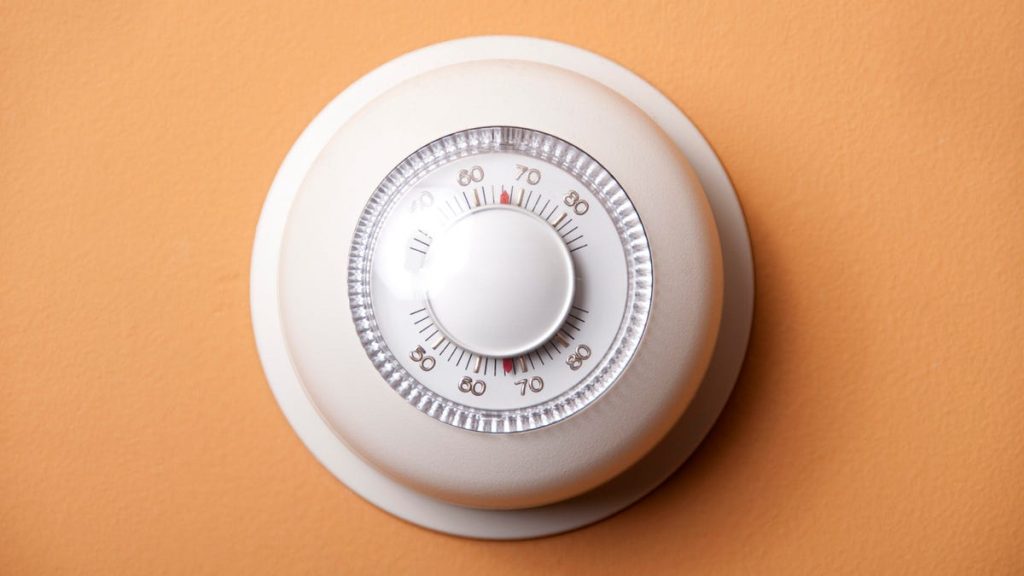As the summer heat approaches, it’s important to pay attention to your thermostat settings to save on your heating bills. The US Department of Energy recommends keeping your home at 78 degrees Fahrenheit during the day and 82-85 degrees Fahrenheit when sleeping or away from home to maximize energy savings. By setting your thermostat higher, you can save up to 10% on your yearly energy costs. It’s a misconception that setting your air conditioner to a lower temperature will cool your home faster, as it will only cool your home to a certain extent regardless of the setting.
During the winter, the ideal temperature to set your thermostat is 68 degrees Fahrenheit for most of the day, with a decrease of 7-10 degrees for eight hours to save on energy costs. By keeping your home cooler, it will retain heat longer and reduce the amount of energy required to keep it comfortable. Positioning your thermostat away from drafts and direct sunlight can maximize its efficiency. For those with heat pumps, it’s recommended to use a smart or programmable thermostat to automate temperature changes and reduce the need for manual adjustments.
In addition to optimizing your thermostat settings, there are other ways to reduce energy costs, such as switching to green energy sources like solar power. Solar panels can generate power independently, reducing reliance on the public grid and providing clean energy year-round. By being strategic with your thermostat settings and incorporating energy-saving habits, you can significantly impact your energy consumption and lower your bills throughout the year. It’s essential to be mindful of your thermostat settings to conserve energy efficiently and cut down on utility expenses in the long run.


